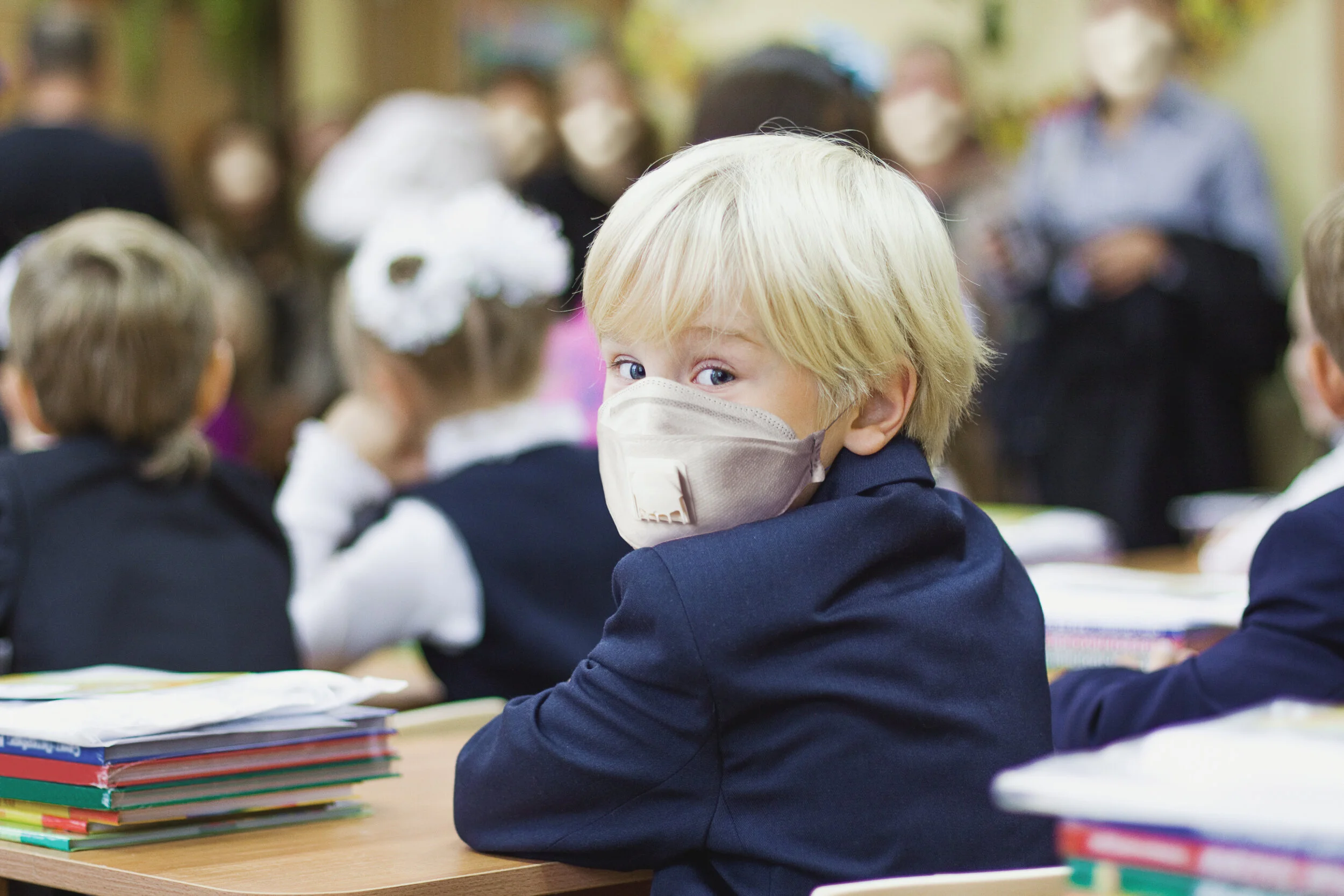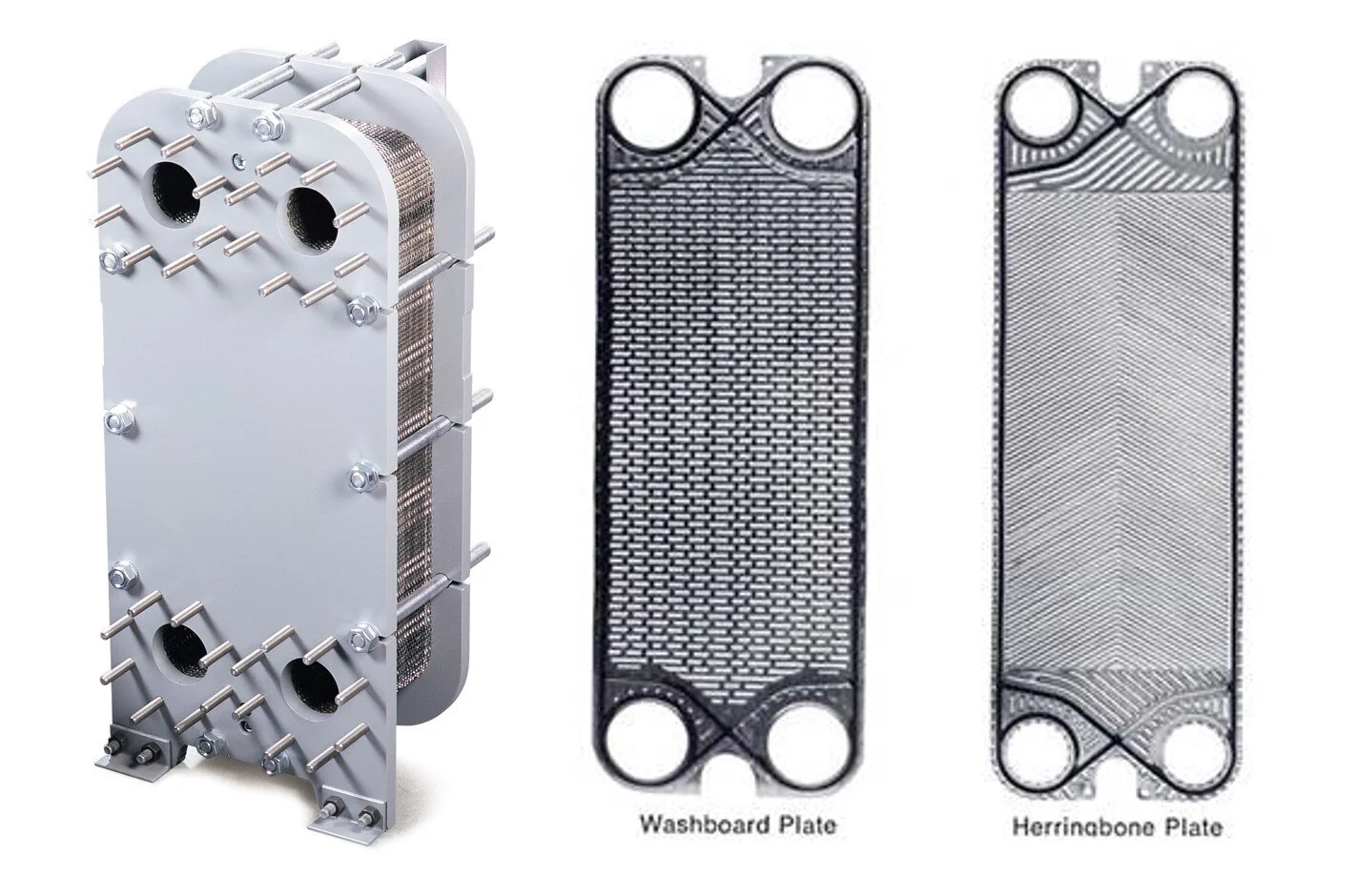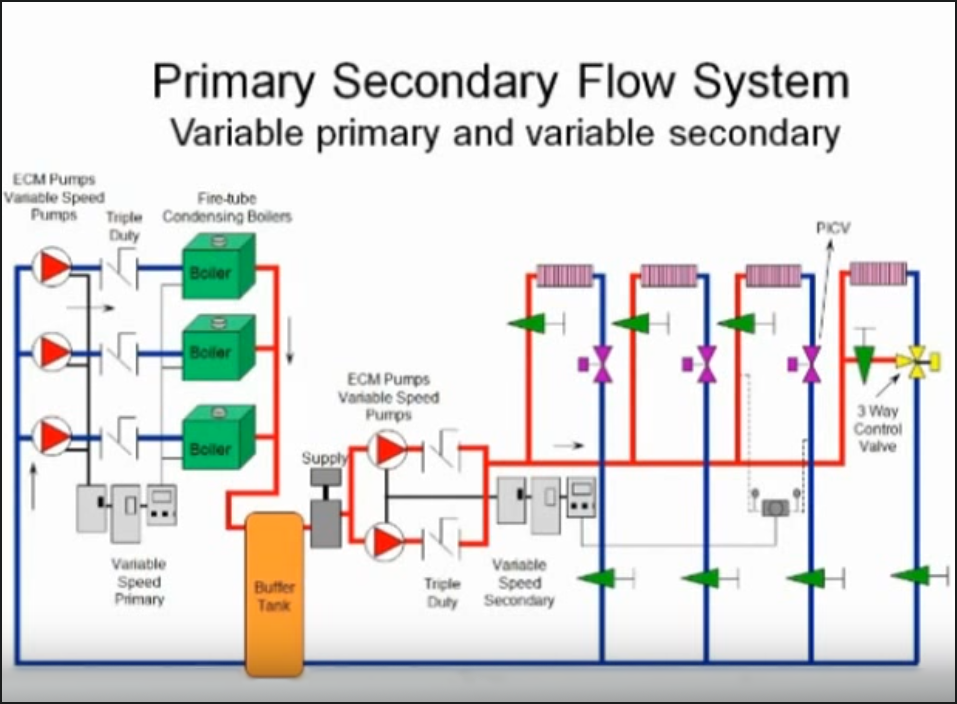ASHRAE Introduces Guide for Reopening Schools
/School is back in (sort of) and the ASHRAE Epidemic Task Force is doing everything it can to help school districts and university campus environmental health managers, facility managers, administrators, technicians, and service providers navigate through these unprecedented circumstances. Most notably….
Read More






